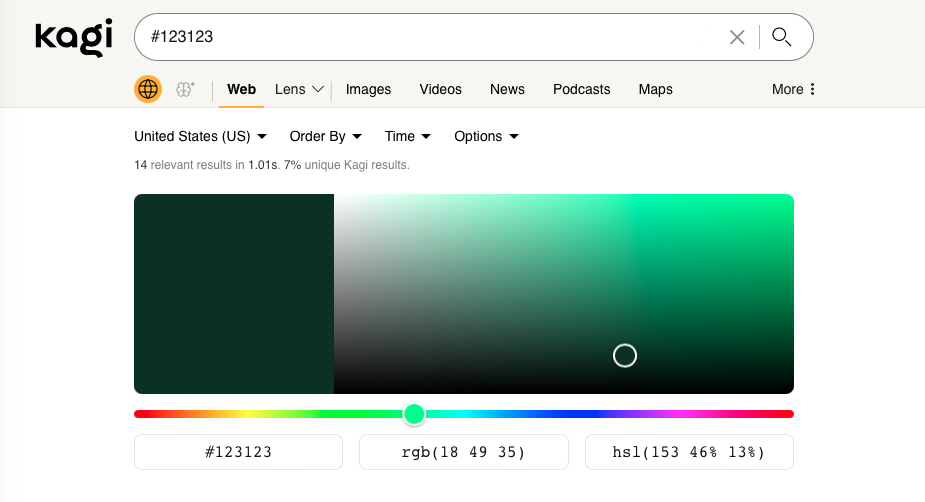You will likely still hear the cell broadcast. Alerts of this level make every phone give off a piercing sound and even if your phone is dead, you will hear it from your neighbours' because it's loud.
with regard/respect to
Whoever told you text is expensive to draw has no idea what they're talking about.
Well you're both wrong and right.
This appears to be a clone of the Brompton front rack mount. I don't thing that's an open spec but it's so wide-spread that it's pretty standard.
Specifically this section:
Why is Magic Earth free? What is the business model?
Magic Earth is free for all our end-users but we also have a paid Magic Earth SDK for business partners. For instance Selectric.de (a supplier for navigation solutions for ambulances and fire trucks), Smarter AI (developing ADAS systems) or Absolute Cycling (using the platform on bicycles). For more info on the SDK, you can check magiclane.com.
No terminal emulator ever should affect the performance of the rest of your system.
I mean that totally w.r.t. how it feels to interact with the terminal emulator.
A screencast cannot really capture that. Practically any terminal is fast enough to render a shitton of text quickly and "smoothly".
The difference in speed can only really be felt.
W.r.t. UI, it looks exactly like you'd expect a GTK4/adwaita terminal emulator to look.
Unless you frequently build this from source, you don't need to care about the pandoc build-time dep.
IME it feels much snappier than foot.
I mean, it's a terminal emulator; what's it supposed to show, a bunch of white text on black background?
The problem with xterm is that everything else about it sucks. The only other half-decent performer is mlterm which is decent but has its share of issues.
This one feels quite snappy; better than foot.
Chill, it's just pandoc.




Modern thorium reactors don't exist on the power grid.